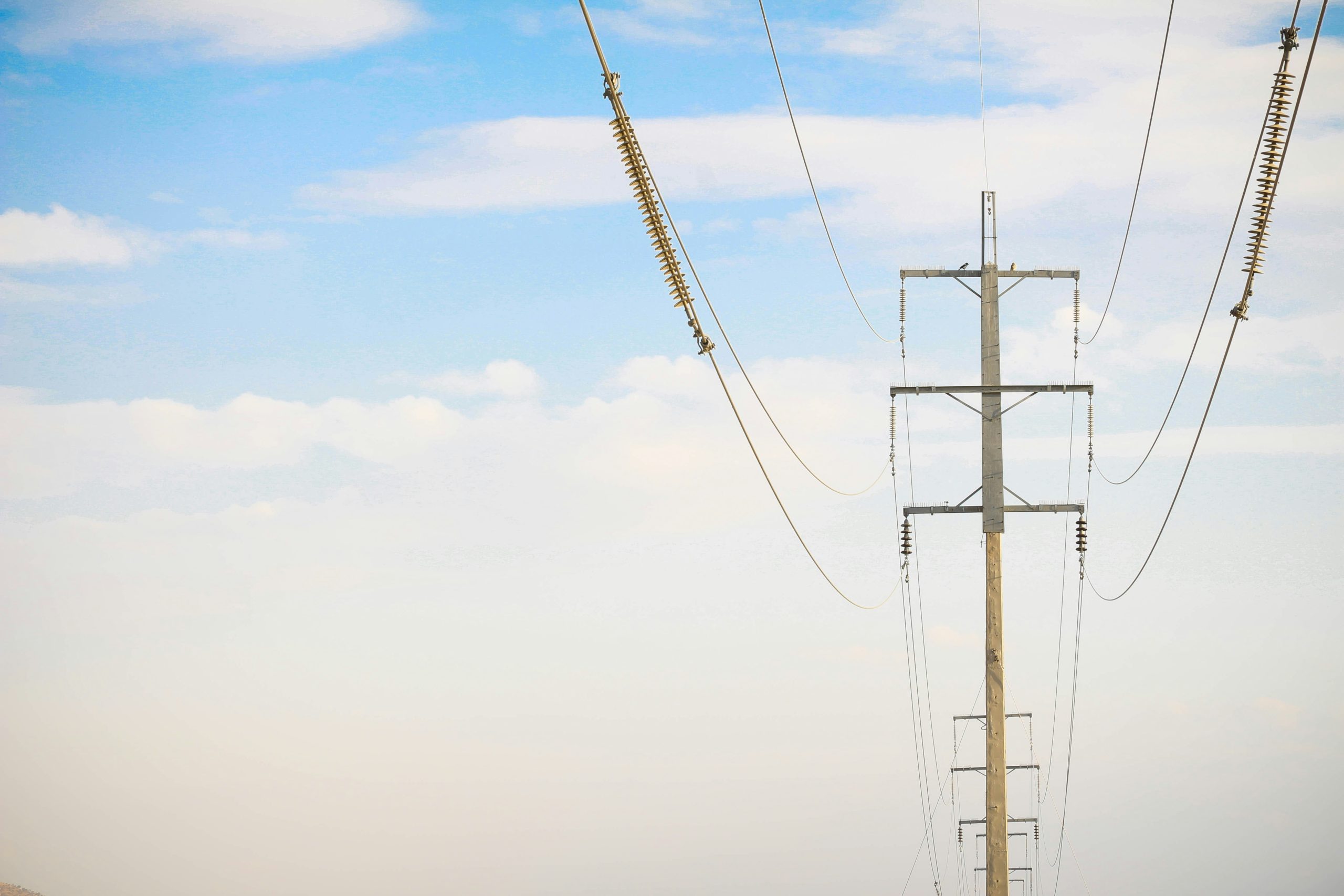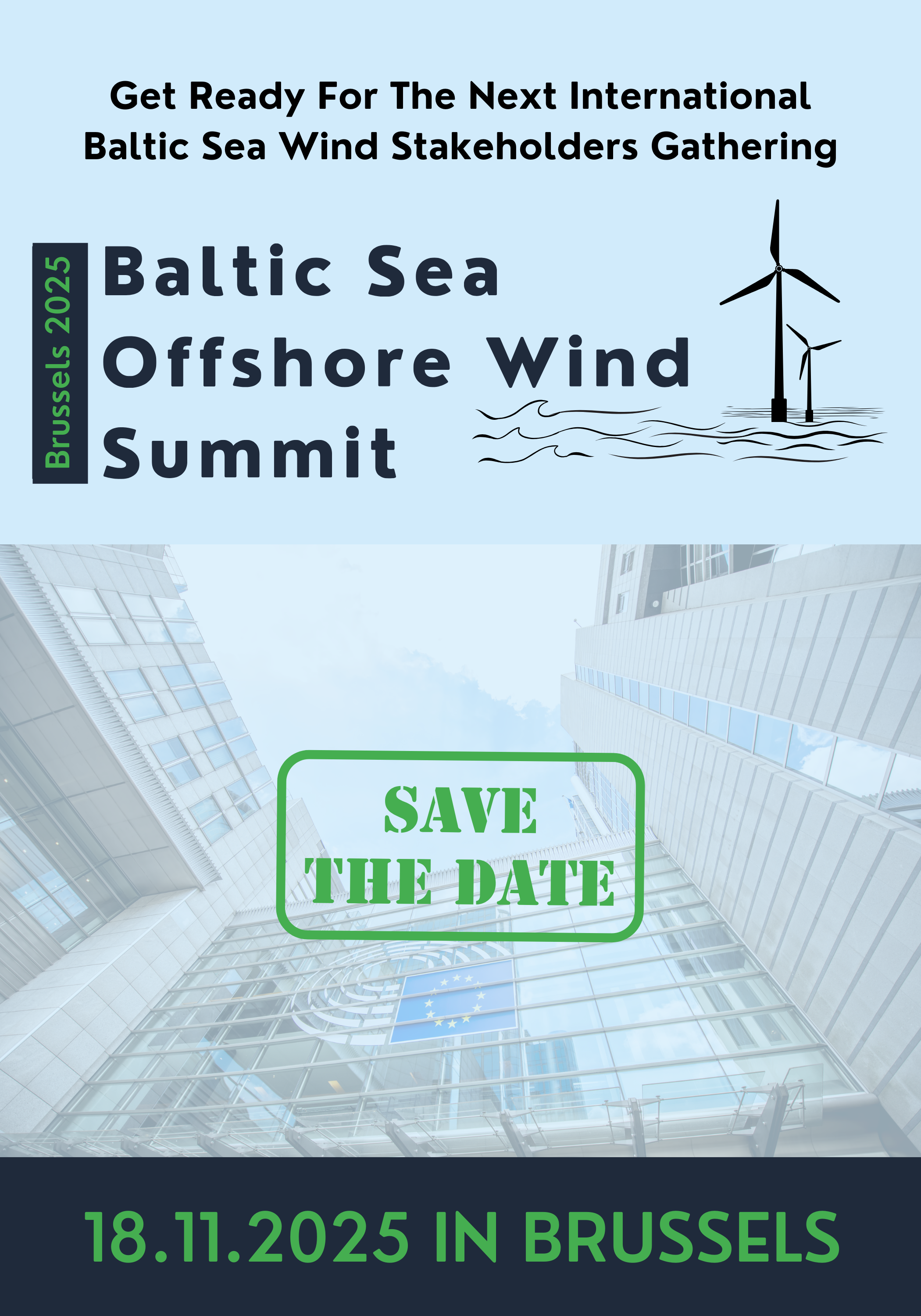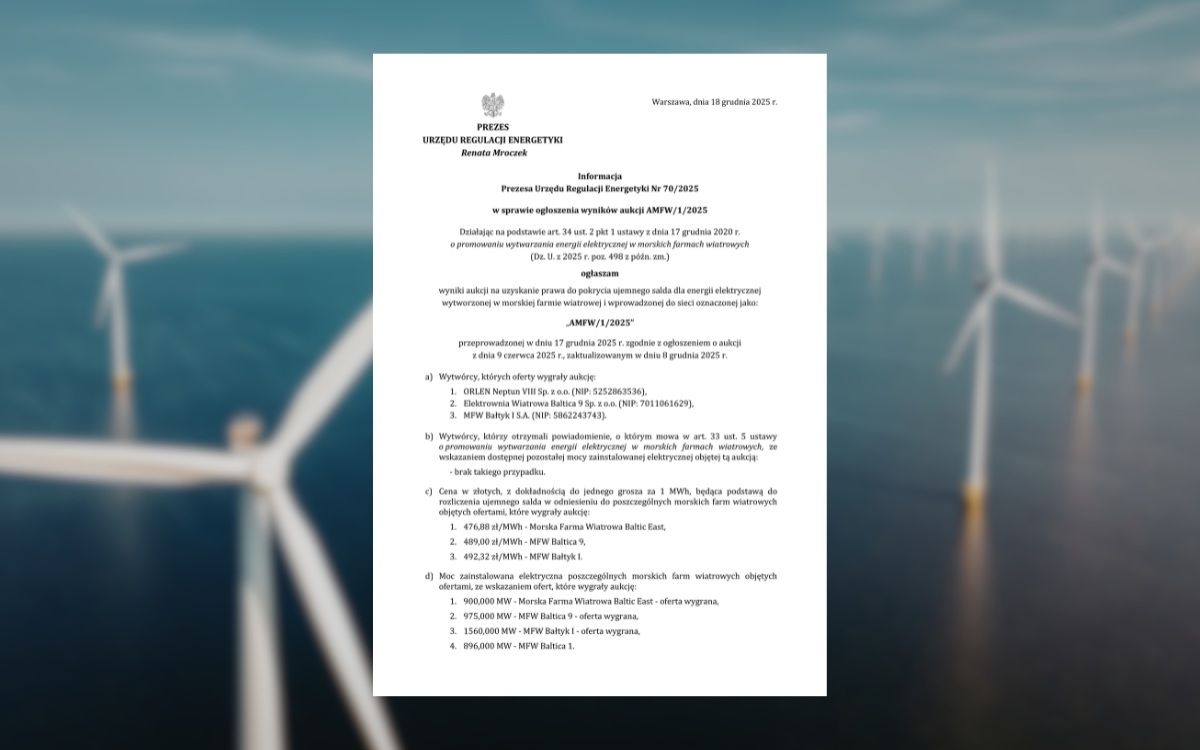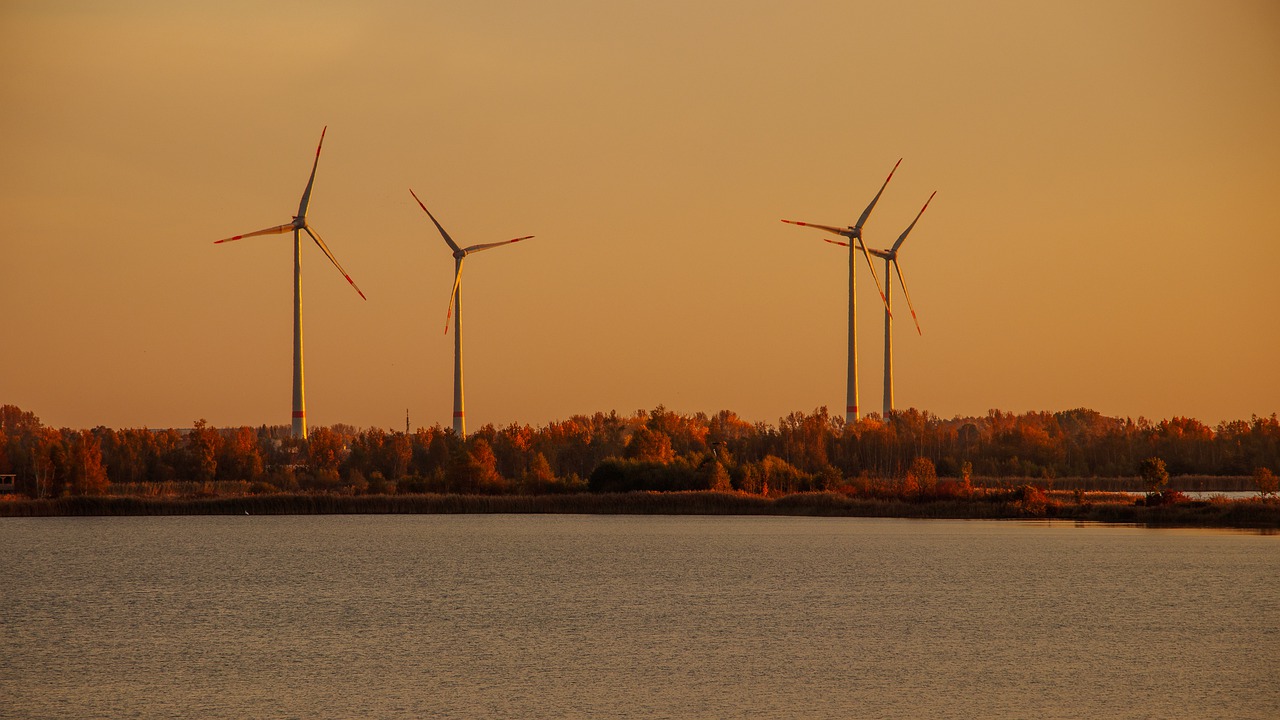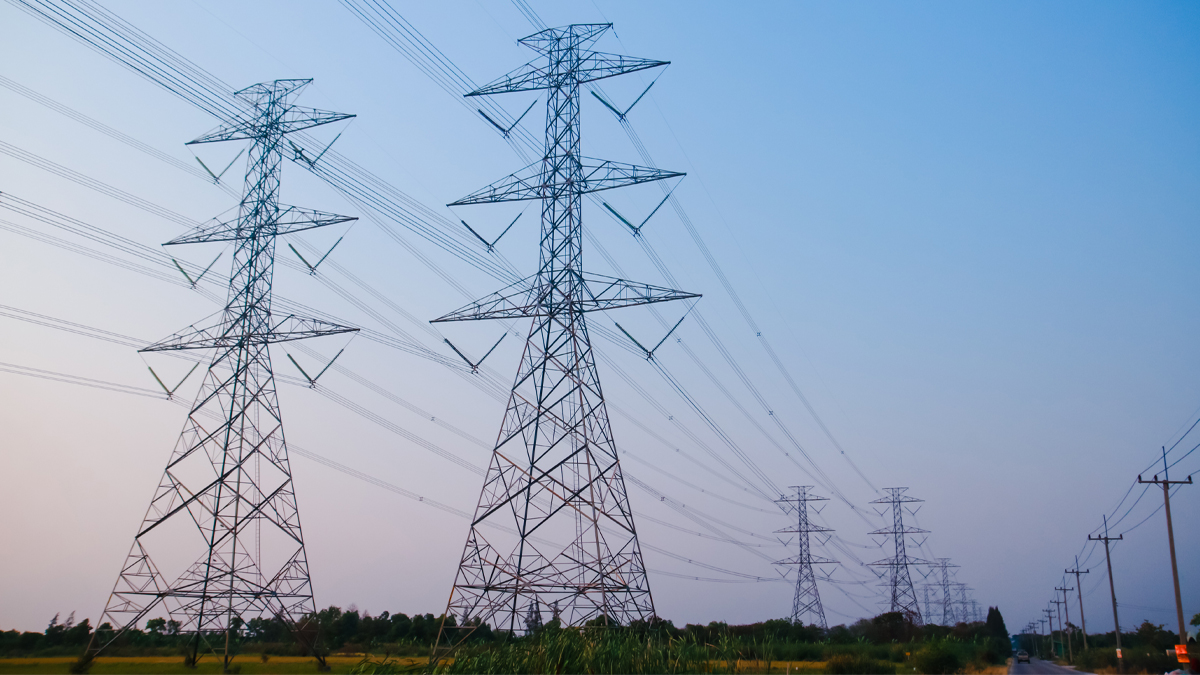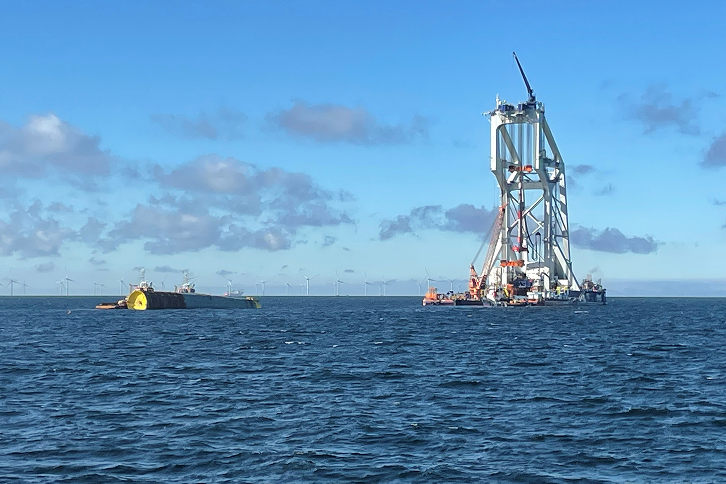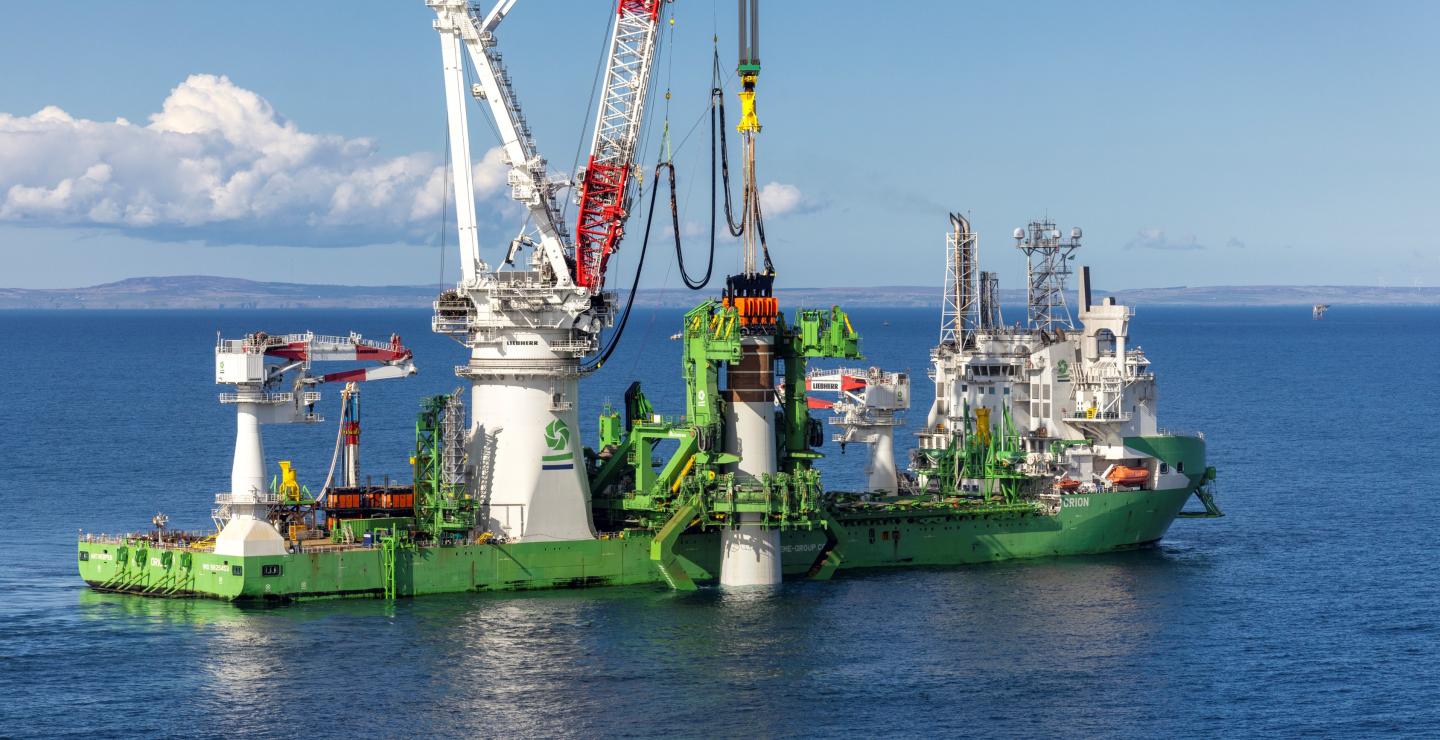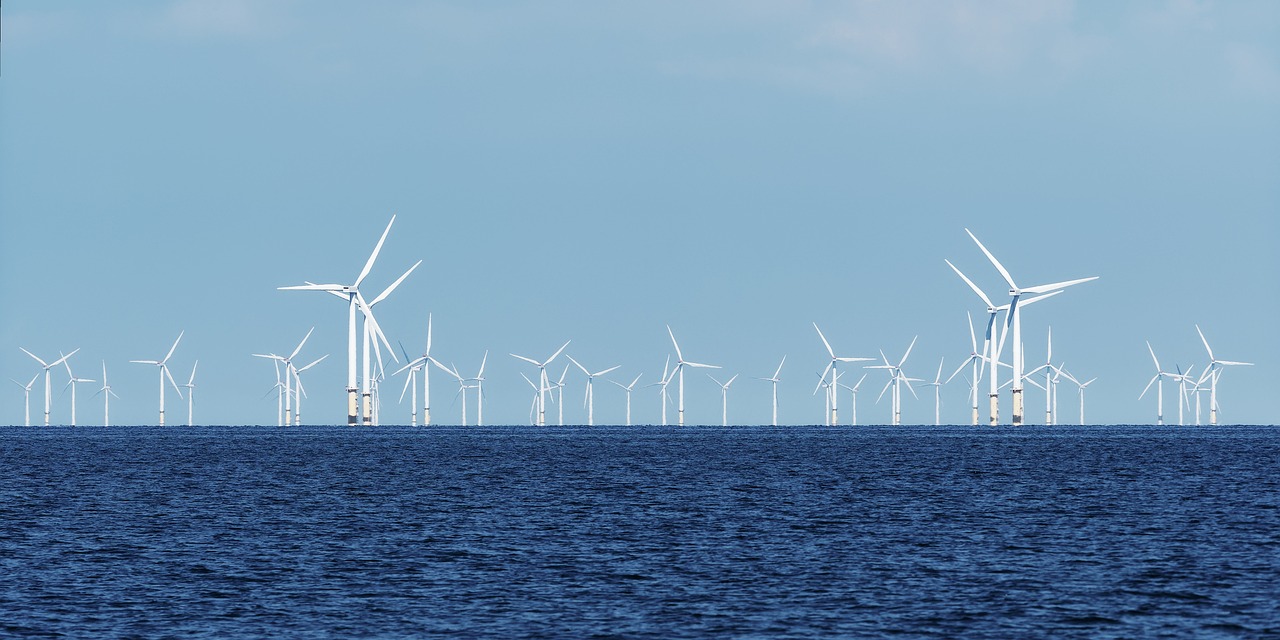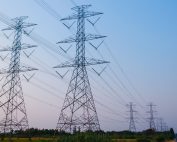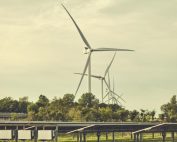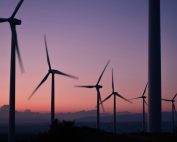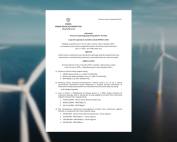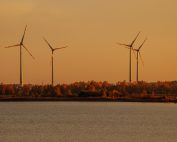Energy security for Europe means powering its economy with affordable electricity from homegrown renewables instead of costly and volatile fuel imports. It means resilient grids, strong clean-tech supply chains and independence built on European innovation. Wind power already delivers 20% of Europe’s electricity. Wind leads the way for Europe’s energy independence – it is reliable, scalable and made in Europe. It allows the EU to avoid the equivalent of at least 100 billion cubic meters of fossil fuel imports. With the right incentives and clear political will, these numbers will only grow.
A truly resilient energy security framework must be built around the following objectives:
1) Minimise reliance on energy imports
➢ By prioritising renewables-based electrification
The revised EU energy security framework should reflect and prioritise renewables-based electrification via all relevant tools. It is a must for Europe’s energy security and competitiveness. Renewables-based electrification delivers cheaper electricity which means lower costs for consumers and businesses. It also minimises dependency on imported fuels which increases investment stability and reduces energy price volatility.
To strengthen its energy security, Europe cannot afford to fall behind in the global race to electrify. While Europe’s electrification rate has stagnated at 23%, China has become an electrostate, nearing 30% — turning electrification into a source of industrial power. European industries want to electrify through affordable renewables, but they need support to bridge the cost gap. Carbon Contracts for Difference (CCfDs), covering both CAPEX and OPEX, would send a strong signal: Europe is serious about electrification. The Clean Industrial Deal will stand or fall on this.
Incentives for electrification must also extent to energy taxation for businesses and households.
Europe needs to align its tax system with its climate and energy goals. Security of supply and decarbonisation should be funded through general taxation — they are strategic investments in Europe’s competitiveness. Member States must cut regulated electricity charges to the bare minimum and remove non-energy costs from power bills. And they must ensure electricity is not taxed more than gas by revising EU taxation rules.
➢ By unifying security of supply across energy sectors
The revised energy security framework should require fully coordinated adequacy assessments and security of supply scenarios across energy sectors putting homegrown renewables at the centre. Recent crises have shown how electricity, gas and hydrogen systems are deeply interconnected – yet their security plans are still developed in silos. That must change. Member States should coordinate their security of supply decisions at European or at least regional level. In today’s global reality new risks must also be factored in – from storage capacity and cyber-resilience to systemic rival influence.
2) Maximise cyber and physical resilience of energy infrastructure
➢ By coordinating energy, security and defence authorities’ roles and responsibilities in protecting critical infrastructure and its components
The revised energy security framework must require that critical infrastructure planning and build- out takes into consideration defence realities and puts a focus on asset protection from cyber and physical threats together with the military. This should be coordinated at regional level e.g. sea basin for offshore infrastructure. Such responsibilities cannot rest solely on generation developers, operators or TSOs. Cost allocation and role clarity between private and state actors are essential.
➢ By including physical, cybersecurity and data protection criteria in tenders
The revised EU energy security framework must recognise the danger that the use of critical systems represents to its energy security e.g. systems that can be remotely controlled by foreign countries of concern. Member States should apply cybersecurity prequalification criteria to all auctions. This is key to European energy and grids infrastructure security. These criteria should require thorough risk assessment for cybersecurity and data security with regular updates. And data to be stored and processed within the European Economic Area (EEA).
AI and digital tools should be safely built into energy systems, following clear rules for cybersecurity and reliability. Sensitive data must stay confidential, and critical infrastructure data should be excluded from any mandatory sharing rules.
The patchwork of cybersecurity laws makes them hard to implement. Frameworks like NIS2, the Cyber Resilience Act, and national strategies must work better together. Using one shared risk assessment method would reduce repeated work, limit market fragmentation and improve infrastructure security. A common cybersecurity maturity model would help compare progress across sectors and borders. Finally, by combining compliance checks into one process, the burden on stakeholders would ease.
➢ By investing in grid resilience
The revised energy security framework must provide tools for investing in grid resilience, stability and infrastructure coordination at regional and EU level. Financing schemes must treat CAPEX and OPEX equally, recognising the value of resilience, efficiency and innovation. The current model favours large capital projects, neglecting lower cost grid-enhancing technologies that also improve resilience and long-term efficiency. Government-backed guarantees, special purpose vehicles or EIB loans should be expanded; the TEN-E Regulation must make a clear case for grid efficiency and resilience.
3) Minimise supply chain and raw materials dependencies
➢ By ensuring that Europe maintains its leadership in wind supply chains
The revised energy security framework must recognise the key role of wind supply chains in Europe’s energy security and provide tools to reduce its strategic dependencies on third countries. As rare earths are used in wind turbines’ permanent magnets, wind energy should be part of the EU’s external economic strategy. Also, the next multi-annual financial framework should include a dedicated fund for wind research and competitiveness. This will ensure that we are able to continue manufacturing the necessary wind components in Europe.
The framework for screening foreign direct investment (FDIs) should consider wind farms, ports and grids as critical entities, ensuring that incoming investments are subject to screening. Transactions in these infrastructures should not jeopardise the EU’s energy supply.
Source: WindEurope
